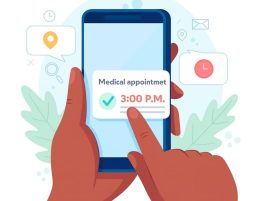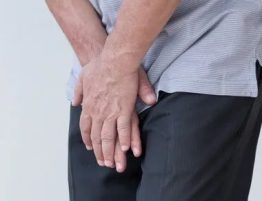

Diagnostic procedure commonly used to identify problems with the upper digestive system, which includes the stomach, esophagus, and duodenum.
GASTROSCOPY PROCEDURE in BANGKOK, THAILAND is a examination of the stomach, that can help confirm or rule out the presence of medical conditions like gastritis or peptic ulcers. In this procedure, an instrument called a Gastroscope is used to look at the inside of the food pipe, the stomach, and part of the duodenum (the first part of the intestine).
A GASTROSCOPE is a flexible tube that has a small light and a video camera attached to the end of it. The images from the video camera are sent to a screen. The tube can be used to take tissue samples by inserting instruments such as small pincers. It can also be used to suck out air and fluids.
Gastroscopy may be done if you have the following:
- Chronic or recurring heartburn, nausea or vomiting
- Nausea over a longer period of time
- Stomach pain
- Trouble swallowing
- Black stool or blood in your stool
- Weight loss for no apparent reason
- Suspected peptic ulcer
- Suspected cancer of the esophagus or stomach
- A check-up after stomach surgery
PREPARATION FOR GASTROSCOPY.
Before a gastroscopy, specialist will tell you about the procedure and any associated risks. This includes information about medication you can take to make the examination more comfortable. If you take medication regularly, you should ask beforehand whether and when to take it on the day of the procedure. You may need to stop taking some medications, such as anti-clotting medication, several days before the gastroscopy. The doctor will tell you how many hours before the gastroscopy you should stop eating and drinking. Before the procedure you will be asked to sign a consent form.
If you are given a sedative for the gastroscopy, you will usually not be allowed to drive a car or operate machinery for 12 to 24 hours afterwards. The exact amount of time will depend on the medications used. The doctor will give you more information. Ideally, you should be picked up by someone or take a taxi home after the procedure.
GASTROSCOPY PROCEDURE.
A gastroscopy often takes less than 15 minutes, although it may take longer if it’s being used to treat a condition.
It’s usually carried out as an outpatient procedure, which means you won’t have to spend the night in hospital.
Before the procedure, your throat will be numbed with a local anesthesia. You can also choose to have a sedative, if you prefer. This means you will still be awake, but will be drowsy and have reduced awareness about what’s happening.
The doctor carrying out the procedure will place the endoscope in the back of your mouth and ask you to swallow the first part of the tube. It will then be guided down your oesophagus and into your stomach.
Using the video images, your doctor can examine your food pipe and stomach lining to look for redness or inflammations. Things like bleeding, varicose veins, unusually narrow passages and stomach ulcers can also be seen on the screen. If necessary, a tissue sample will be taken. This is not painful.
AFTER GASTROSCOPY.
You may have a sore throat or a numb feeling in your mouth after a gastroscopy, caused by the anesthetic. Because the doctor may have pumped some air into your stomach in order to see more, you may feel full for a short while.
To know more about the procedure, contact us at…
email: almurshidi.medical@gmail.com
line/instagram: almurshidimed
whatsapp: +66 822 004 040








